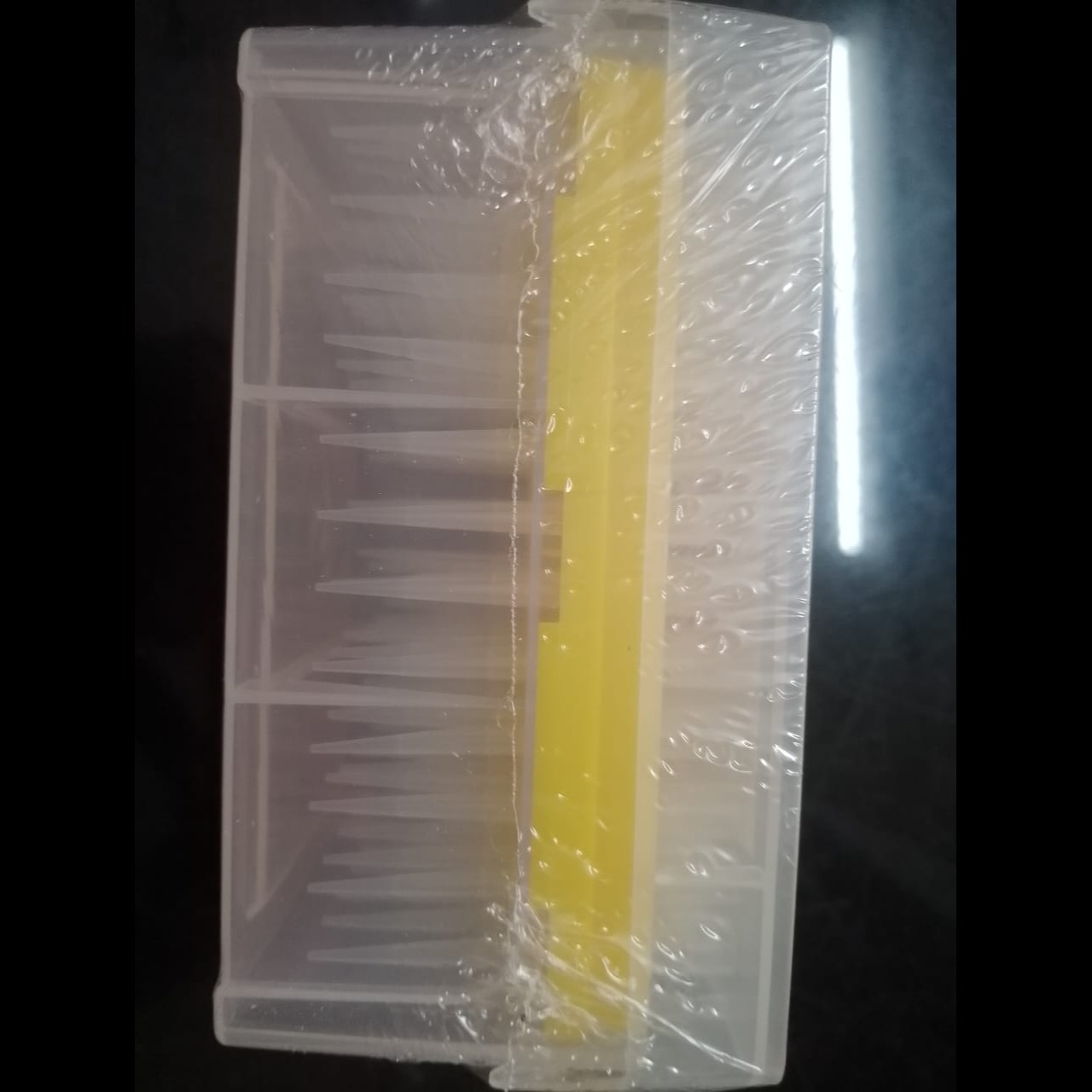
2025-08-25T11:04:50
A pipette tip without a filter is a standard laboratory consumable designed for liquid handling, lacking a protective porous barrier that would otherwise prevent aerosol and liquid splashes from contaminating the internal components of the pipette. These 'non-filter' or 'ordinary' tips are more common for routine, non-sensitive applications where pipette protection is not a primary concern, though they are less common in tasks requiring high levels of safety or prevention of cross-contamination. When to use a pipette tip without a filter: Routine liquid handling: For general laboratory tasks where there is no risk of aerosol generation or cross-contamination, or if the sample is not sensitive to contamination. Cost-effective alternatives: Because they are simpler and don't require the filtration material, non-filter tips are generally more affordable. Simple volumetric transfers: When a precise volume of a common, non-hazardous liquid needs to be transferred. When to use a filter tip instead: High-risk applications: For PCR, DNA, or RNA work to prevent cross-contamination and protect the pipette from contamination from aerosols. Protection from splashes: If your work involves potentially hazardous samples or solvents, a filter tip can prevent splashes from reaching the pipette's internal mechanics. Sample purity: To ensure the purity and integrity of your sample and prevent cross-contamination between samples.

Have a question? Ask here!
Required fields are marked *